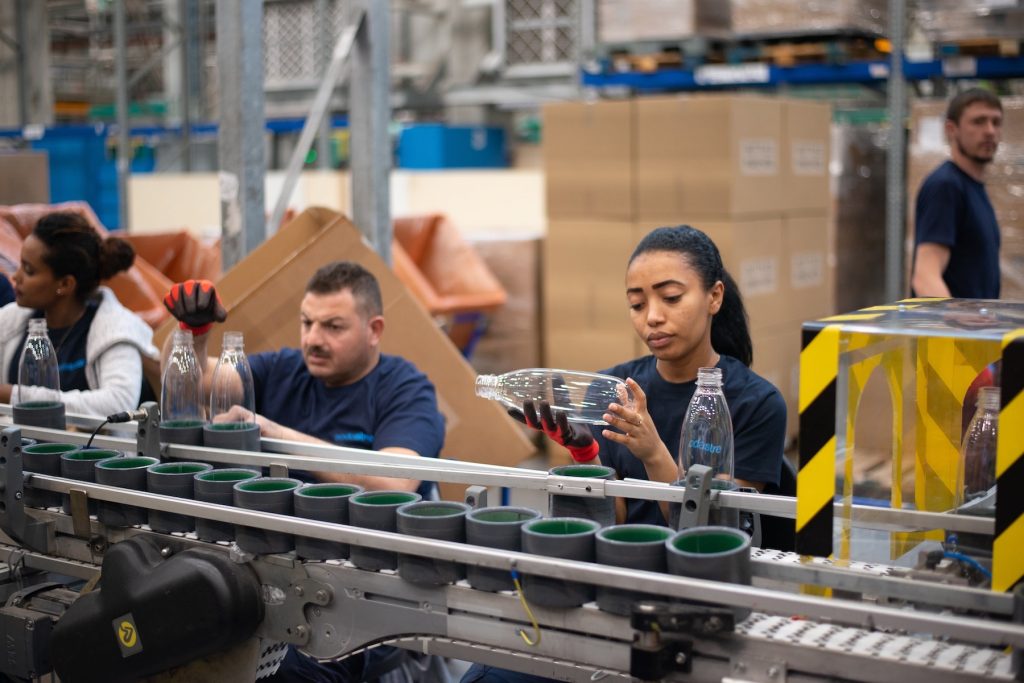Industrial Analytics has the potential to transform how organizations identify and eliminate operational problems that often arise in manufacturing plant-floors. Problems such as lack of visibility, unplanned downtime, low quality, and management of changeovers. Moreover, industrial analytics can help detect opportunities and/or issues that may have gone unnoticed. Examples include the detection of anomalous conditions in equipment and process data.
If operating your factory with the highest possible efficiency is what you yearn for, then there couldn’t have been a better time than now for you to start on the path of understanding how Industrial Analytics work, and how they can help you transform the way you run operations.
In a nutshell, Industrial Analytics is a solution that helps you identify wastage in your factory. Wastage in the form of production defects, over-production, unplanned downtime, non-utilization of equipment, extra processing, inventory, transportation, and so forth. And once you’ve identified wastage, an analytics solution gives you the power to take action in order to reduce or eliminate that wastage.
This article is meant to give you a guide on how you can go about deploying an analytics solution for your manufacturing plant. Let’s first take a look at how you can go about implementing a basic analytics solution.
Now, as highlighted earlier, at the core of it, analytics provide you with contextual information to help you make informed decisions. The information is either made available to human decision-makers so that they can take corrective action, or the loop is closed automatically by the analytics system.
These information outlets can be implemented using the following methods, respectively:
- Putting the right information in front of shop-floor decision-makers in a way that it can be accessed anytime, anywhere, and on any device.
- Using an analytics engine to crunch the data and automatically apply corrective signals.
In other words, Basic Analytics and Advanced Analytics.
Identify Decision Makers within an industrial analytics context
You can start by asking questions like, ” who are the decision-makers and how could this information be best served to them?”. In a typical organization, these decision-makers are process engineers, plant managers, production managers, and in some larger organizations there might be data scientists.
Process engineers typically look to perform trend visualizations, and analytics when needed. Plant and Factory managers need to access dashboards displaying key performance indicators, and Data Scientists typically require tools to perform data analysis and visualizations.
Now, once you know who needs this data, you have to determine what type of information should the analytics system provide to the definable people.

Identify The Type of Information: what kind of production analytics the factory needs?
For process engineers, it would be ideal that the analytics solution provides them with high-resolution telemetry data, quickly accessible with visualization tools that enable them to derive insights by measuring the data over time and to look at behavioral change across all sensors in order to find correlations, patterns to see how an asset or process changes over time.
And as for plant/factory managers, they will be looking for the type of information that would help them answer questions like, “What is the reason for unplanned downtime and low production quality?”
Based on the principle that to maximize productivity, a factory must strive to minimize wastage. It means that useful information for plant managers would be the kind that provides a mechanism for tracking wastages. And the best mechanism for doing that is using Overall Equipment Effectiveness (OEE).
OEE is a simple, but yet powerful, metric that helps you track wastages across your entire factory by the second. And as consequence, it helps you answer questions like “why there are unplanned downtime and low production quality?”
It’s always a good time to start!!!
(This piece of content was written by Kudzai Manditereza, from Industry40TV. He is an industrial digital solutions specialist and an enthusiast on IIOT, Industry 4.0, and Industrial Analytics implementation).
You can find Kudzay here:
—
You may also like:
How Knowing The OEE Can Help Your Factory Become More Efficient?
My Packaging Plant Already Collects Data. And Now What? Which Questions Should Be Answered?




